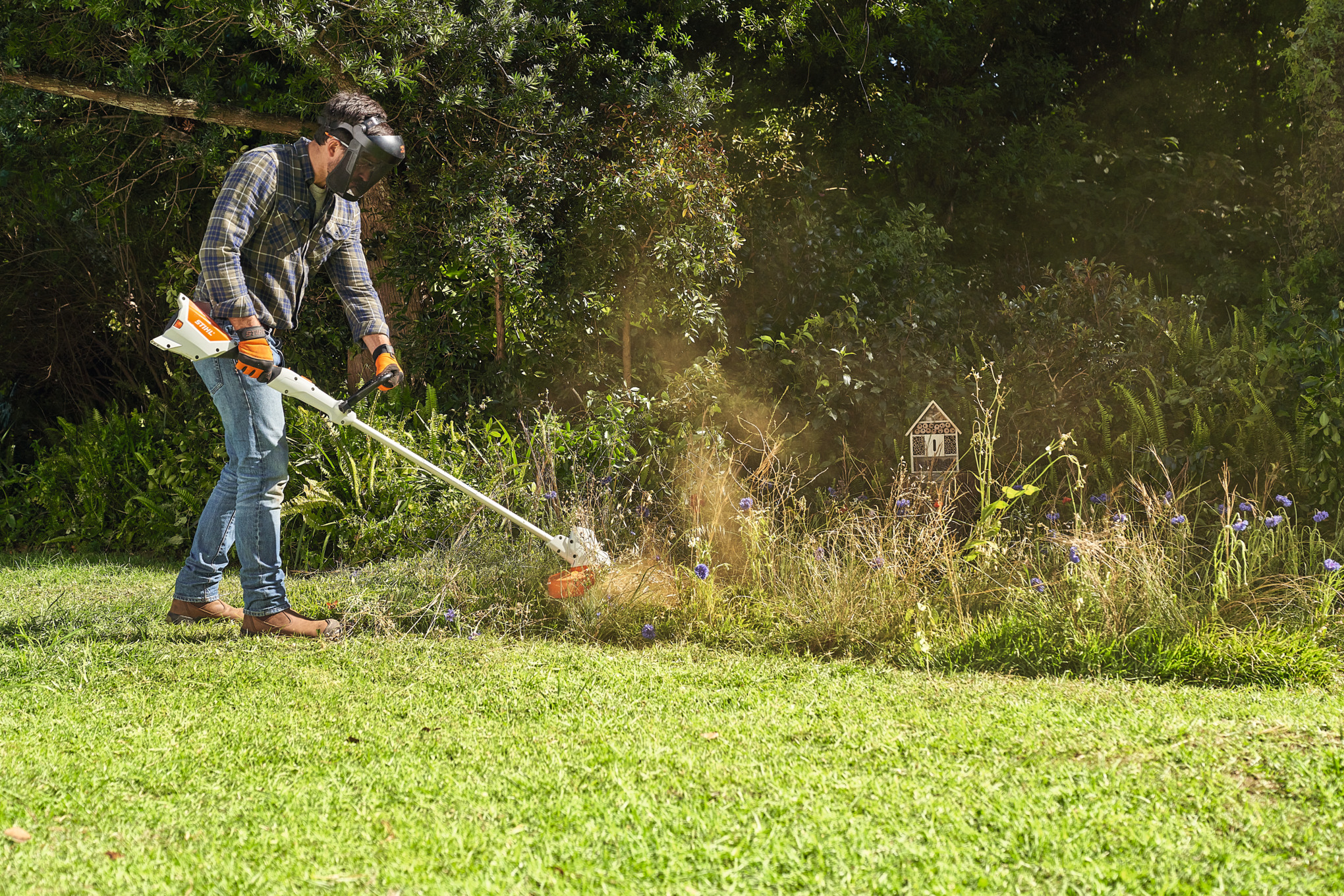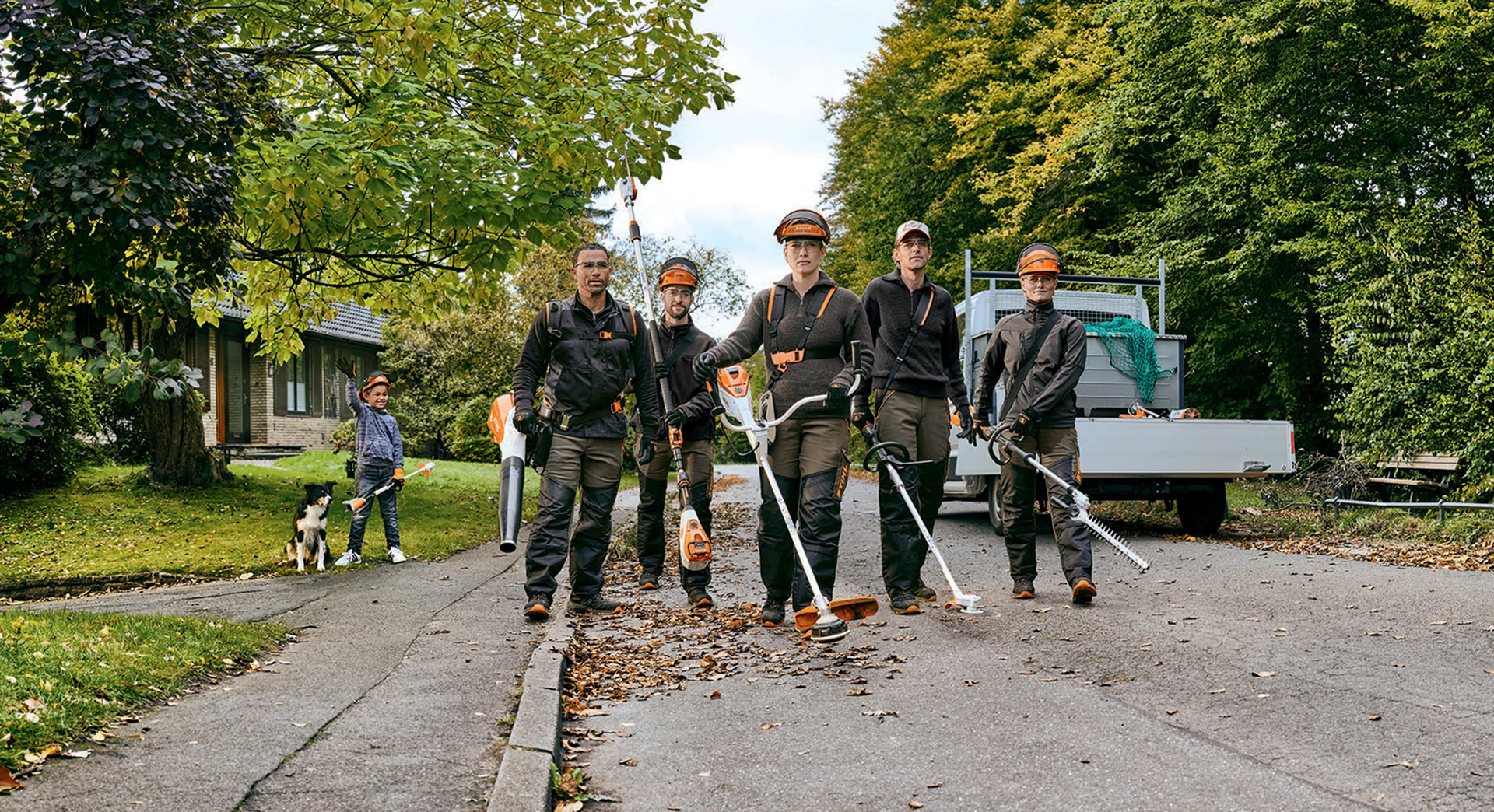How-to guide: proper lithium-ion battery storage
For your lithium-ion battery, correct handling is crucial to a long service life – so it’s worth knowing the ideal storage and care procedures. In the following article you will learn how to store lithium batteries, where to store batteries and the ideal lithium battery storage temperature.
18.11.2024


Before storing batteries: to charge or not to charge?
It used to be that when a battery was put into long-term storage it had to be charged first, because all batteries were prone to high self-discharge which could result in irreversible damage such as heavy capacity loss or even unusable batteries.
Why you should not charge your lithium-ion battery before storing it
Today, battery technology uses lithium-ion as standard, and these cells experience negligible levels of self-discharge. Furthermore, to protect cells from over-discharge a lithium-ion battery is usually built with separate integrated fuses that can automatically switch a highly discharged battery to a rest state – so a battery need not necessarily be fully charged before storage. In fact, lithium-ion battery life is extended if it goes into storage partly charged – that said, it’s worth remembering that cells are negatively impacted in the event of storage with a very low level of charge or if the battery is fully charged. As such, we advise that you store a lithium-ion battery with two lit LEDs, indicating a charge of 40-60%, to minimize aging and self-discharge.
Outdated battery technologies have high self-discharge
Previously used battery types such as nickel-cadmium batteries (NiCd) or lead batteries used in motor vehicles have high self-discharge rates, and so if a battery has not been used for a long time, it may be prone to over-discharge. This is when the battery charge level falls below the cut-off voltage, below which energy can no longer be supplied and the battery may fail to charge. That’s why battery care advice used to specify fully charging before storing batteries for any lengthy period, as well as regularly checking the remaining charge.
Cutting-edge lithium-ion battery technology protects against over-discharge
STIHL batteries rely on lithium-ion cells and feature exceptionally low self-discharge rates of just 1-3% per year of storage. In addition, all STIHL batteries include an intelligent battery management system known as BMS. This monitors the voltage in each cell integrated into a battery, and in doing so prevents over-discharge: if voltage in the lithium-ion battery cells falls too far, the battery automatically switches to rest state, and the discharge process is interrupted. This also happens during lithium-ion battery storage and when unused for long periods, meaning that worries about damaging over-discharge are a thing of the past.
Proper storage of tools with an integrated battery

- Switch off the power tool and pull out the activation key.
- Use a damp cloth to clean any dirt or soil off the power tool before it goes into storage.
- Keep the power tool in a dry, secure place.
Store the power tool at low, frost-free temperatures. Avoid storage in direct sunlight and damp conditions. Further information on the storage temperature for your power tool is available in the operating instructions. For safety, we recommend storing the activation key separately from the cordless power tool.
When is the best time to charge the integrated lithium-ion battery again?
If you are using your cordless power tool with an integrated battery after a lengthy storage period, charge it just before you use it. This safeguards the capacity and has a positive effect on the service life. The battery will only charge at temperatures above 5°C; the charger monitors the battery temperature and prevents charging if the temperature is too low or too high.
Checklist: storing lithium-ion batteries
Every STIHL cordless power tool uses a cutting-edge lithium-ion battery because it is lightweight and quiet, but also offers high energy and power density. They have a long lifespan but will nonetheless need to be replaced eventually.
Lithium-ion battery life: Keep your lithium-ion battery protected
- Remove the battery from your cordless power tool before storage. Check the charge level and make sure that 2 LEDs are lit on your battery. If required, use a damp cloth to clean dirt and soil off the battery.
- Store the battery in a dry place and out of direct sunlight, in a closed box for example.
- Temperature requirements: is it safe to store lithium batteries in the house? Yes, storing batteries in the house is safe, but it’s best to store batteries at a temperature between -10°C and 50°C – dry basements, garages, or a well-insulated shed for example.
- Store your lithium-ion batteries in a secure place, and place them safely out of the reach of children.
- Store the charger separately from the battery, at a temperature between 5°C and 40°C.
- Further information on the storage temperature for your power tool is available in the operating instructions.
Battery development at STIHL
STIHL has been active in battery development for more than 10 years. The technology is currently enjoying a boom, and cordless power tools are more popular than ever. This has opened up whole new fields for experts at STIHL, such as electrical engineers, software developers, and IT specialists.
The optimal charge level for storage
We recommend that you do not store STIHL batteries fully charged, but with two green LEDs – 40-60% charged. At this charge level the battery can stay unused in storage for two years with no damage, and with a minimum of ageing and self-discharge. You only need to charge your battery shortly before use. Batteries must always be charged at a temperature above 5°C.
Key considerations of lithium-ion battery storage
You do not necessarily need to charge batteries before storage – two LEDs should be lit when you put your lithium-ion battery away. It should also be stored in a dry place at a temperature between -10°C and +50°C. Outdoor storage is not recommended. Further information on the storage temperature for your power tool is available in the operating instructions.
Summary: lithium-ion battery storage
- Keep lithium-ion batteries protected from the elements during storage
- A STIHL lithium-ion battery should be 40-60% charged for storage, with two lit LEDs
- Lithium-ion batteries experience extremely low self-discharge even during long periods in storage
- Also be aware of the storage temperature for lithium-ion batteries: -10°C to 50°C is safe for your batteries. The precise storage temperatures for your cordless power tool are available in the operating instructions.





